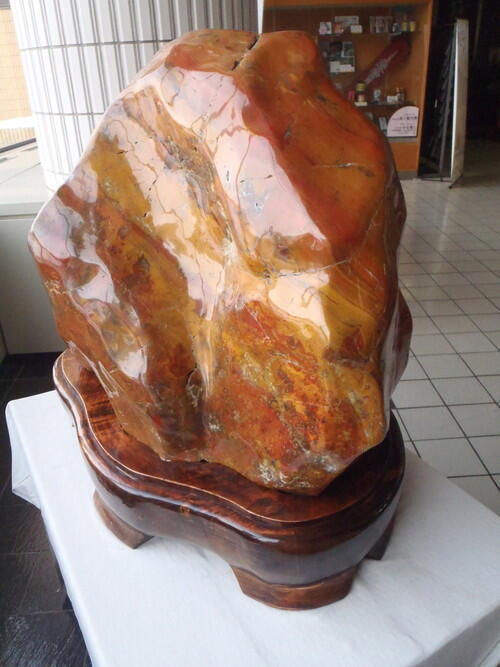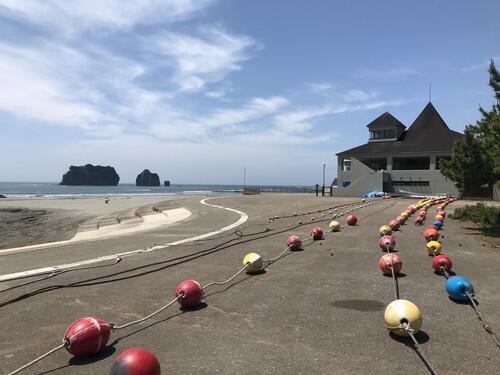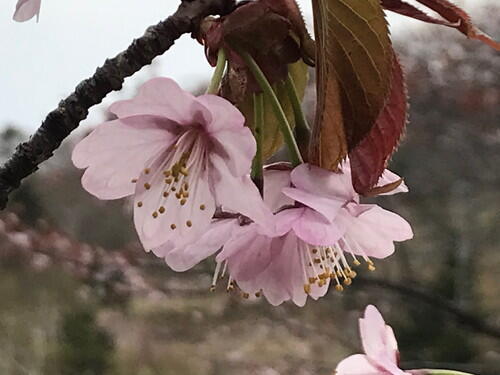Blog
2025.06.30
Touring Mt. Apoi Geopark on an E-MTB
On June 28 (Sat), the KanxKan Lectures and Apoi College held a joint event to tour Mt. Apoi Geopark on electric mountain bikes (E-MTB).
When I was checking the route the morning of the tour, Oyako-iwa looked whimsical sitting above the mist. 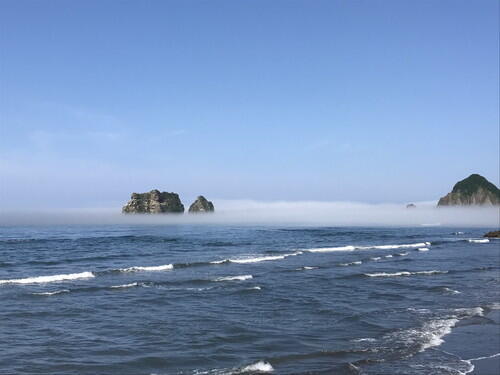
We started with safety training. 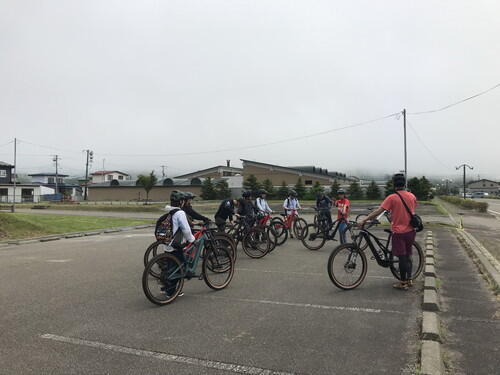
Up the hill we went, and stopped in front of the ballpark.
We learned about the relationship between parasites that live in a common amber snail and birds.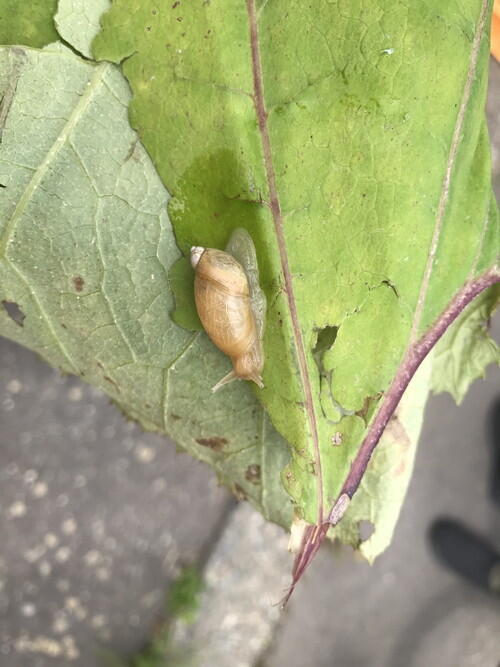
We also talked about the Ainu legends surrounding Mt. Kannon.
Just a week or so ago, there were some Siberian lilies here. This flower is often found along the roadside in Hidaka and along the coastline. 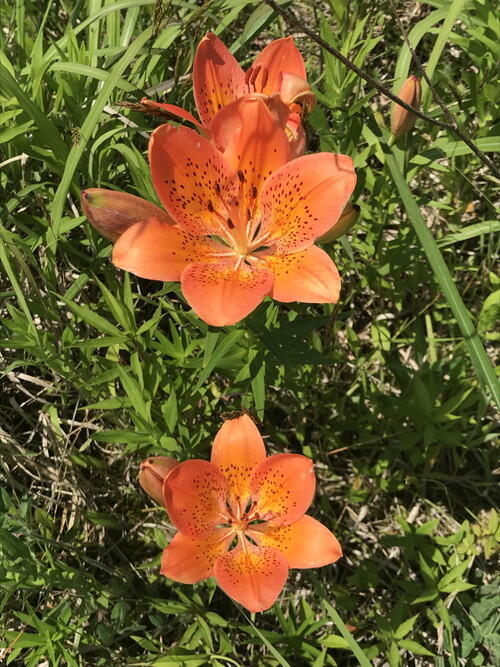
We touched on the history of the Hidaka Mountains and the ballpark.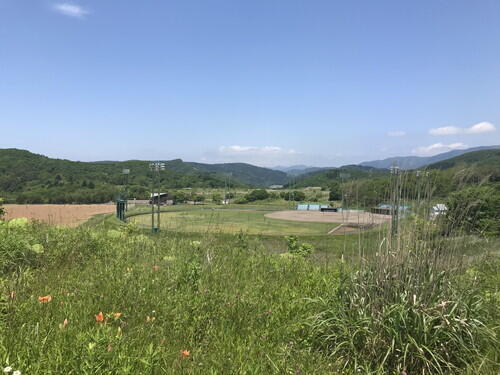
The Oyako-iwa Fureai Beach was covered in mist.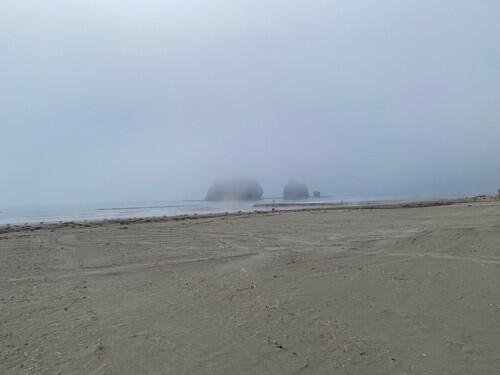
While at Sobira-iwa, the participants were excited to hear about the birds and see photos taken before the landfill in 1934.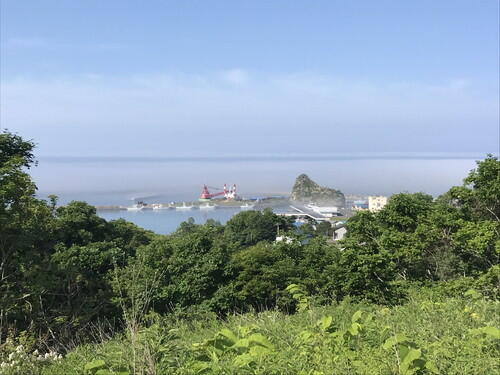
Here was an early morning view of Cape Enrumu, where magma cooled and solidified to create the geological folds. It's surrounded by Hidaka kelp and a thin layer of fog. 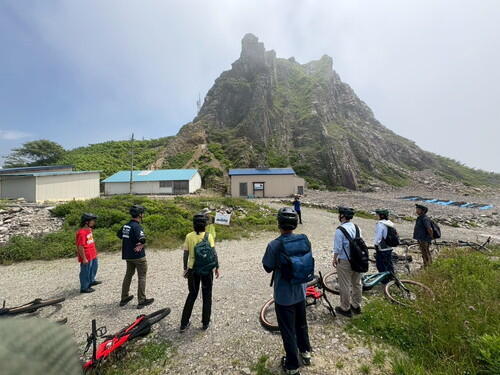
This was our first E-MTB tour, and we managed to end it without incident.
I think next time it would be interesting to take the bikes out on a dirt trail or out towards Saman Dam.
Even the parking lot at the Visitor Center was full of hikers! Overall, it was a pretty great day!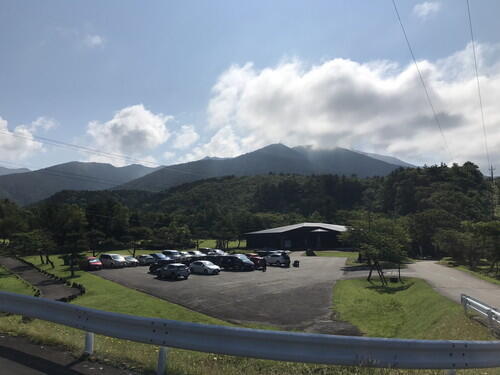
2025.06.18
Early Summer in Samani
In early June, I went to check out the route for the E-MTB tour. Here's a little report on the summer flowers and scenery.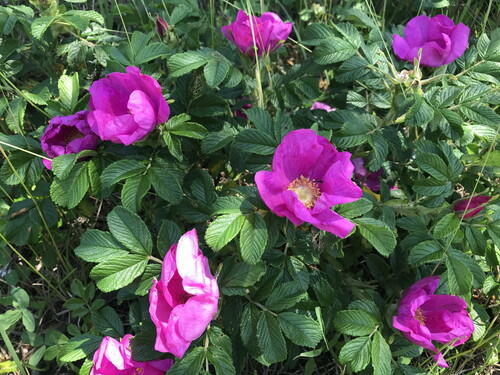
This is the Hokkaido hamanasu (beach rose). Jam made from the hamanasu rose hips is delicious!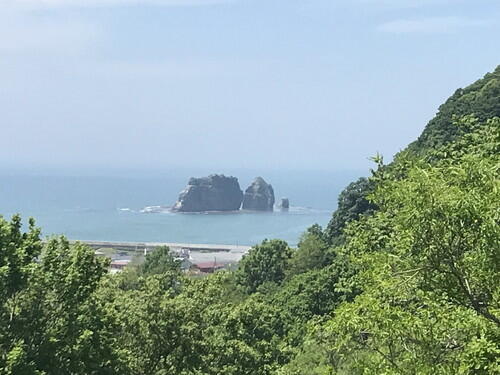
Oyako-iwa from the Sakae-machi road. 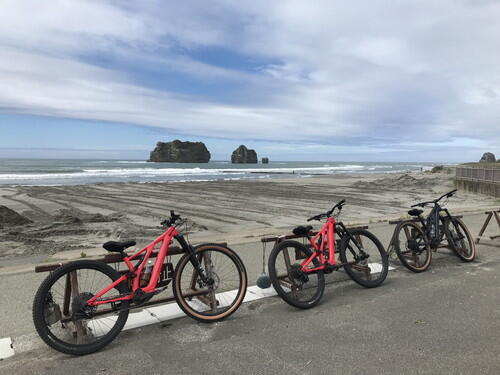
The beach is preparing to open up for the summer. 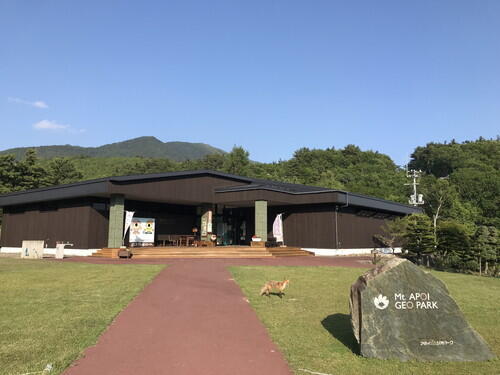
I ran into a fox in front of the Mt. Apoi Geopark Visitor Center.
2025.05.14
Mt. Apoi on May 14th
Ezo-oosakuraso (Primula jesoana var. pubescens)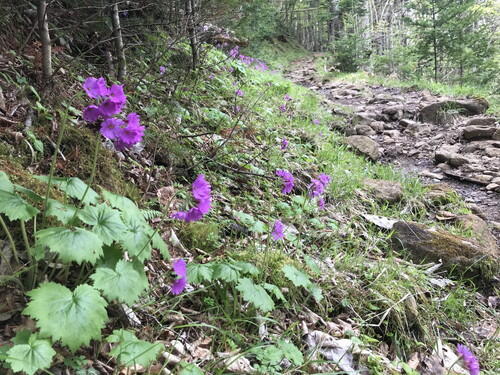
Violet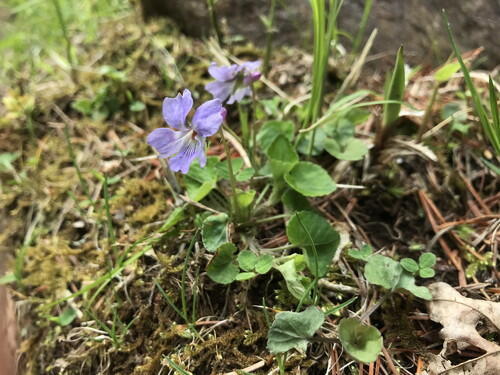
Himeichige (Anemone debilis)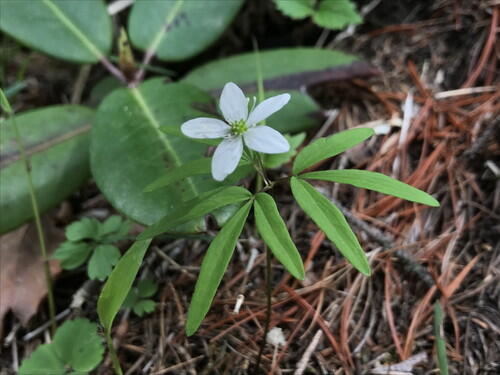
Firimi yamasumire (Viola selkirkii f. variegata)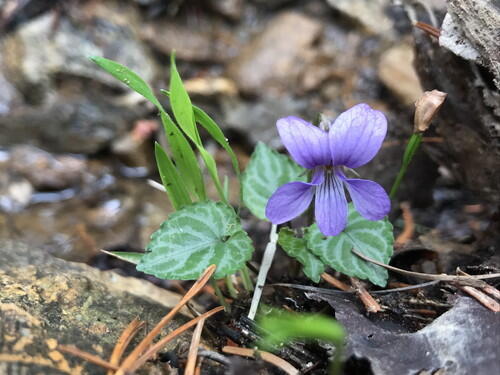
Samani yukiwari (Primula modesta var. samanimontana)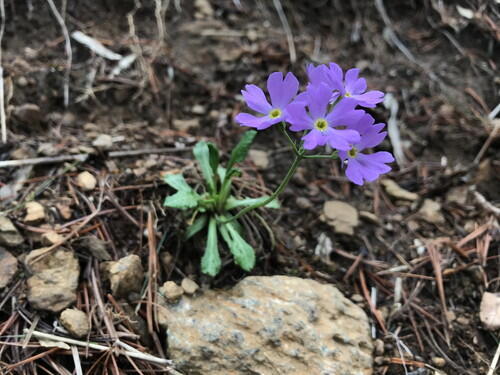
The cherry blossom trees at the 5th Station are about to bloom. 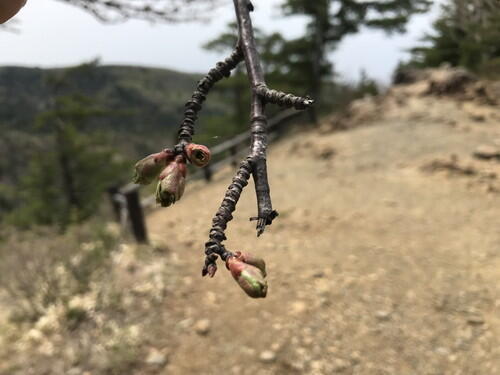
The top of Mt. Apoi as seen from the 5th Station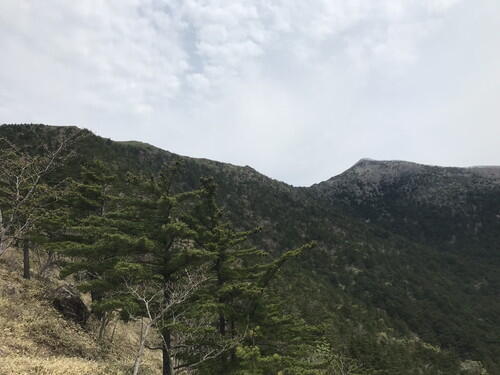
Kijimushiro (P. fragarioides var. major)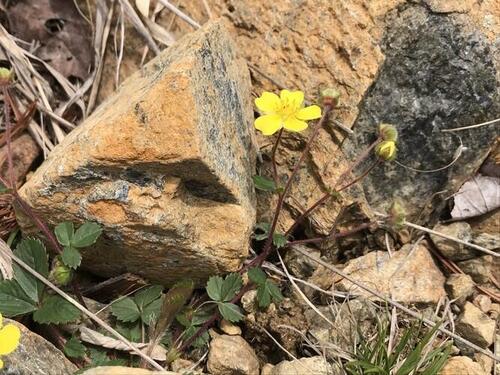
Apoi Azamagiku (Erigeron alpicolavar. Angustifolius)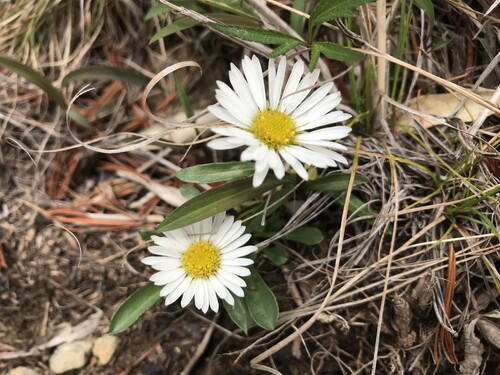
Fuderindo (Gentiana zollingeri)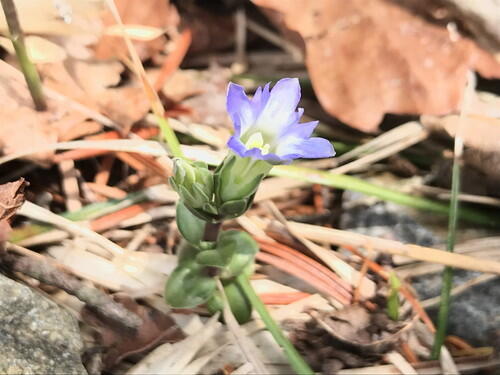
An insect pretending to be dead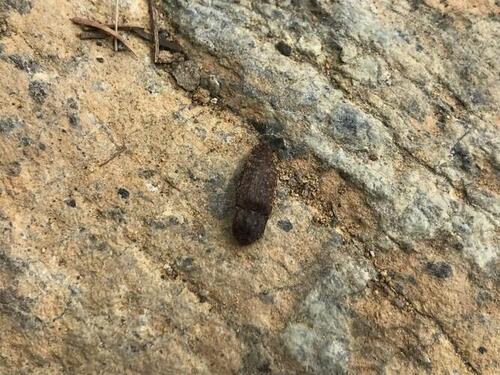
Apoi Itachitsubo-sumire (Viola sacchalinensis var. alpina)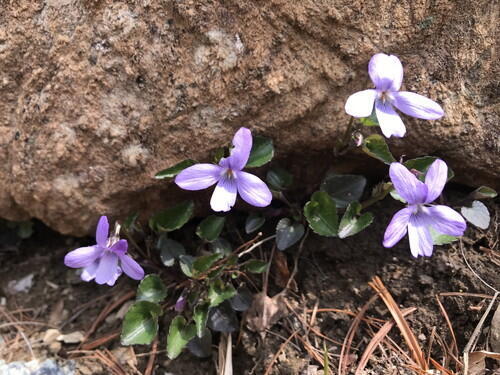
Scenery and cherry blossoms from the 7th Station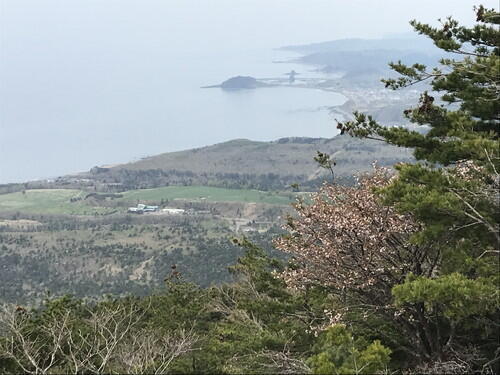
Apoi Hahako (Anaphalis alpicola f. robusta)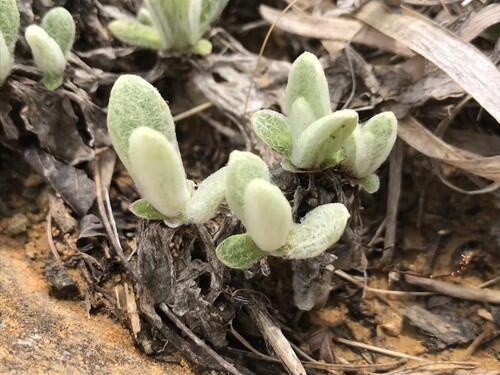
Violet Azalea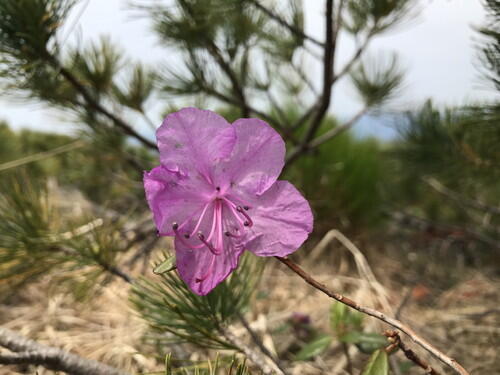
Hidaka Iwazakura (Primula hidakana)
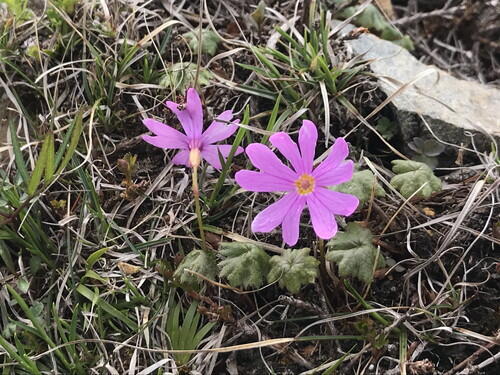
Ezo Kisumire (Viola brevistipulata subsp. hidakana var. hidakana)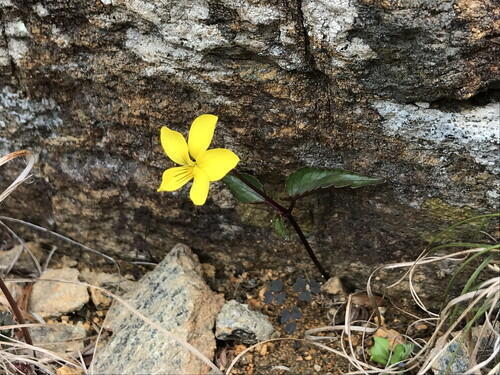
2025.05.03
Visitor Center Events
The Visitor Center held various events over the long holiday.
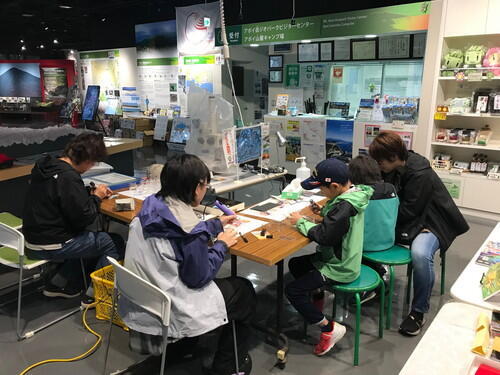
We used a router to engrave designs on a glass.
The most popular design was a lizard. By drawing detailed designs on the glass, the objective was to help people see from a scientific viewpoint.
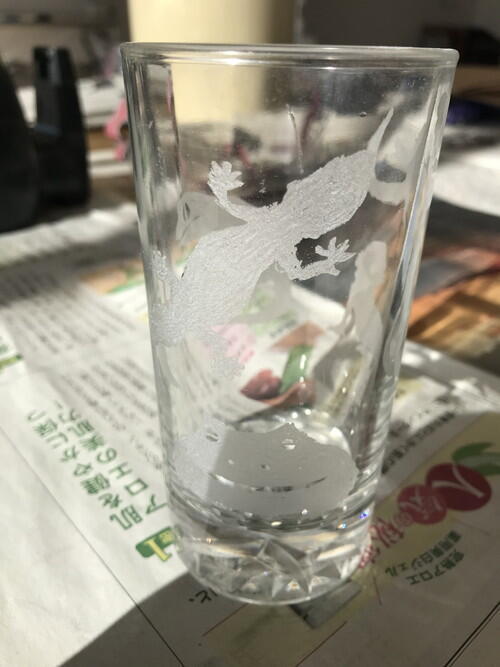
Some of the participants tried engraving a difficult ammonite. We even had ammonite fossils on hand to use as a model.

I was thrilled to see several groups of children who were making these glasses for their grandparents.
These glasses were originally supposed to be thrown out, but when I saw the children having so much fun making engraving them, I was very glad they were reused in this way.
The cherry blossoms are in bloom.
2025.04.26
KanxKan Series: Turtle Strap Making & South African Stones
On April 26, we held the latest Kan x Kan Lecture Series "Make Turtle Straps & View Stones from South Africa."
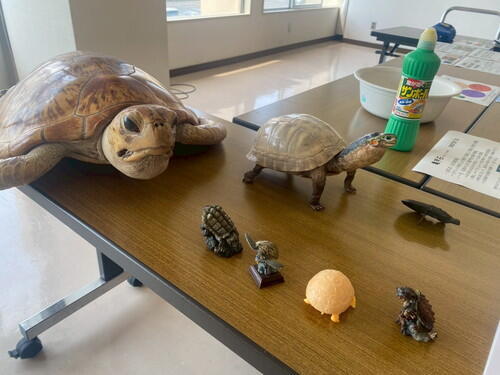
It was fun to introduce things from the Samani Folk Museum that were related to turtles.
There was a magnificent "tortoise sculpture."
We learned about land turtles, sea turtles, and even the turtle that Gamera was modeled after.
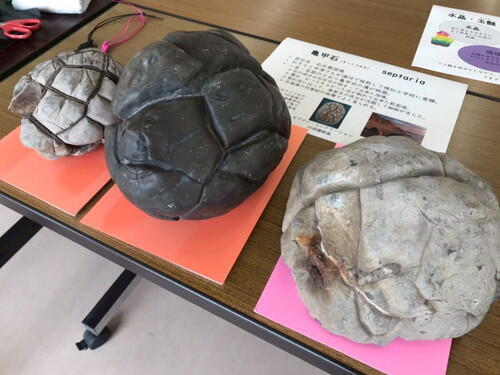
Tortoise shell rocks. This "tortoise shell" is not from a turtle, but a chalky sandstone or mudstone with cracks in it, and those cracks are filled in with calcite. The tortoise shell rock on the right contains ammonite fossils, which indicates that it was formed in the ocean.
Next, we used braided string to make the turtle straps.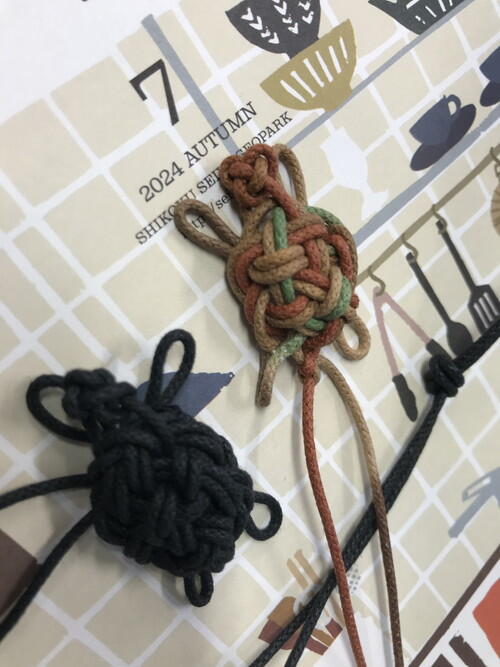
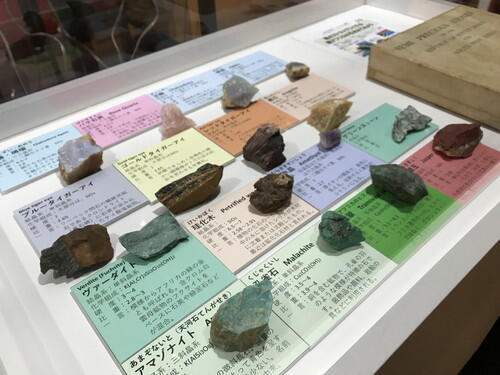
We viewed a "Collection of South African Semi-precious Stones" that was provided by a Samani Town native who received the collection during their deployment during an Antarctic research expedition. The jasper specimen caught my attention and reminded me of the "Sado Red Stone" located on the first floor of Samani Town Hall, which is made of jasper. It was a gift from the former Noda Village (now Niigata City) in Niigata Prefecture, as we are sister-villages with them. 